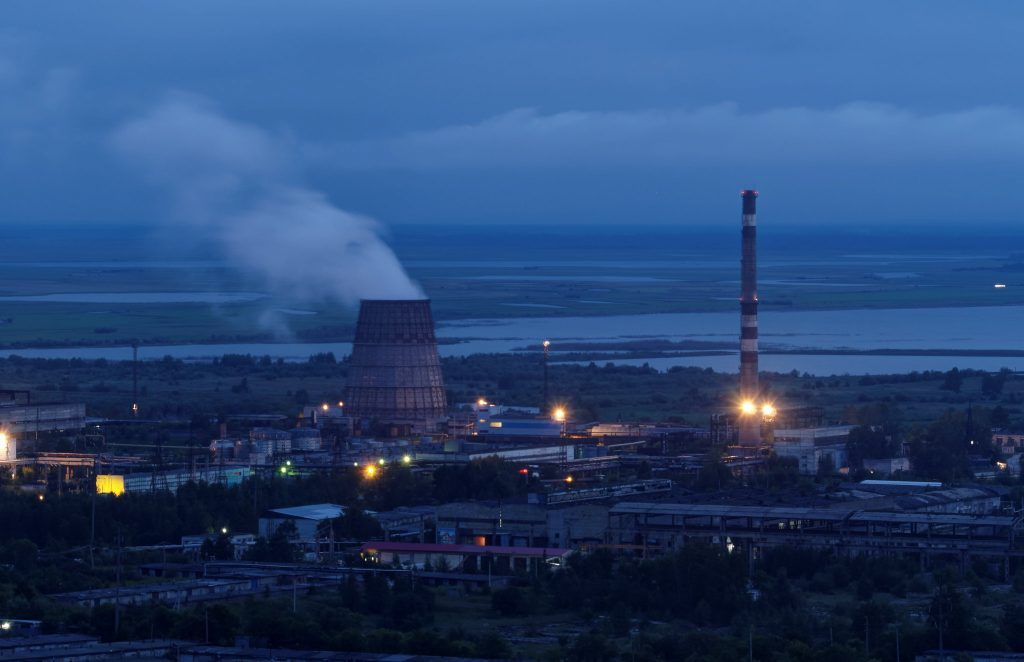In Annex-1 nations, despite Kyoto commitments, the levels of emissions continue to be well in excess of those required to avoid ‘dangerous climate change.’ Compounding this is the rapidly growing emission levels of non-Annex-1 nations.
Russia’s emissions are an interesting case in this regard. Despite being an Annex-1 nation, its emissions have fallen rapidly since 1990 due to economic collapse and started growing again in the late 1990s. The project seeks to address Russia’s own greenhouse gas emission targets and budgets within the context of a redeveloping economy and the overarching global climate change objectives.
The modelled pathways and cumulative ranges will take into account the efficiency of targets, fairness of the efforts’ distribution, and various uncertainties (e.g., socioeconomic development paths, energy technology growth, and energy prices). Results of the proposed research can be applied to shaping medium-term to long-term post-Kyoto climate change policies in Russia.






